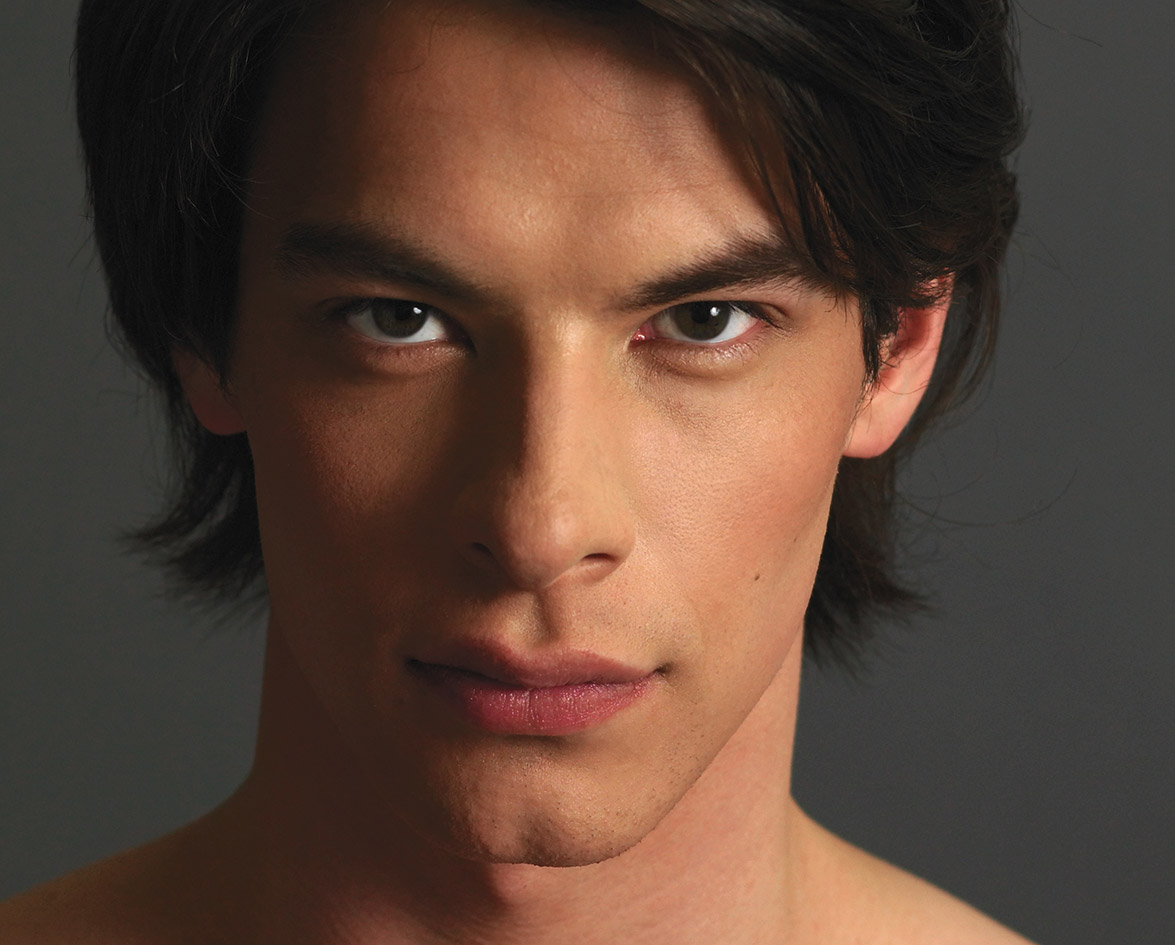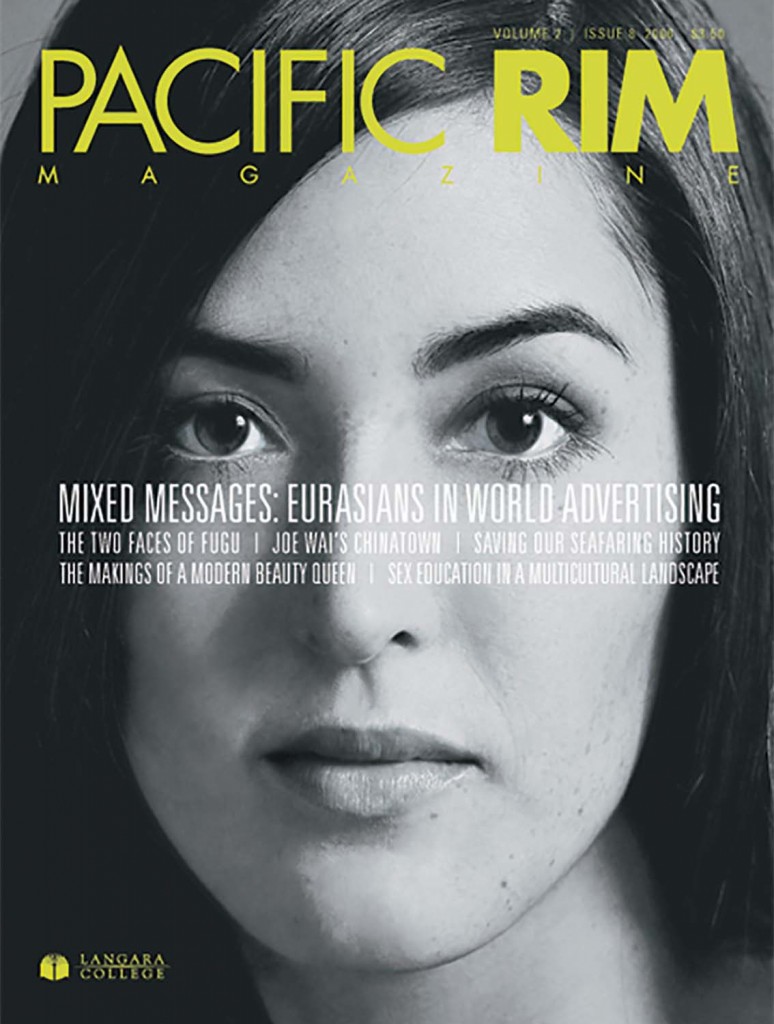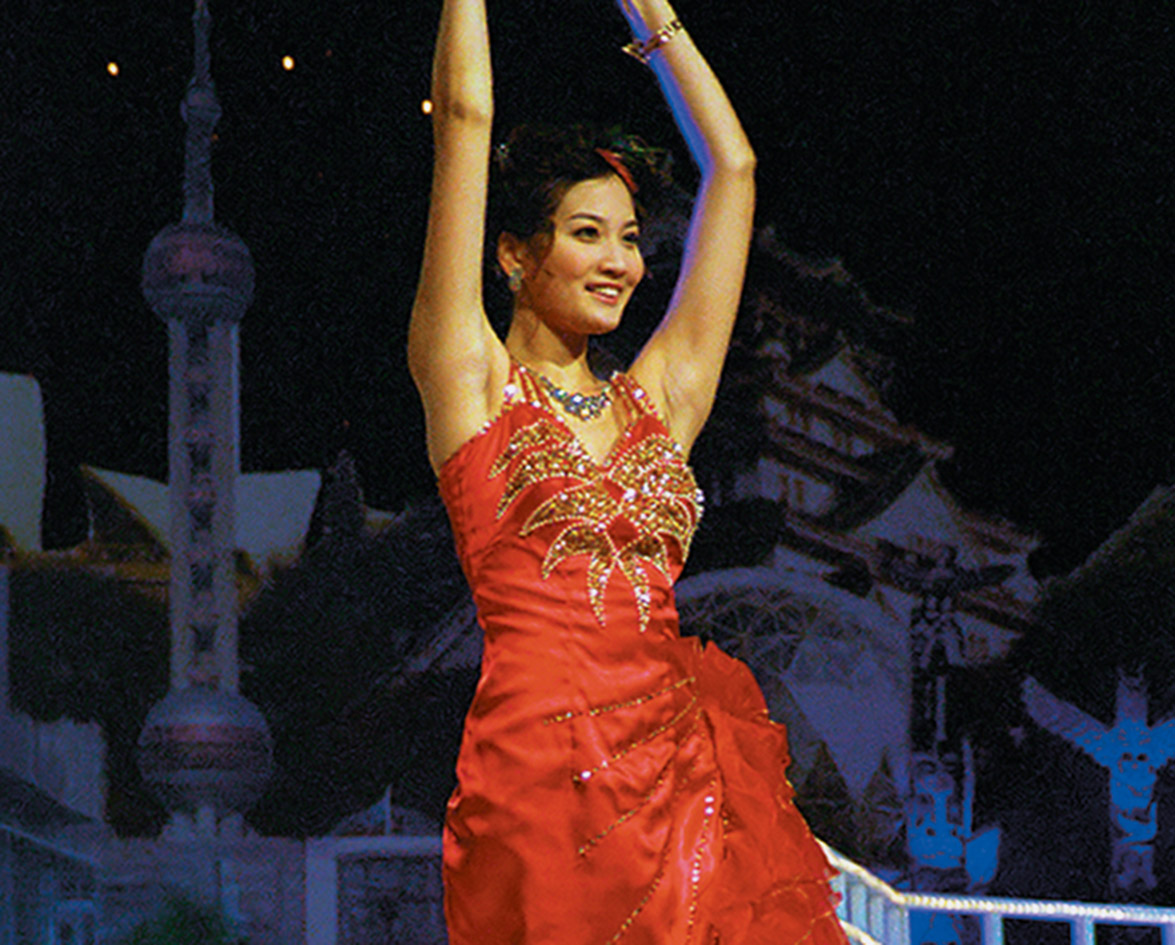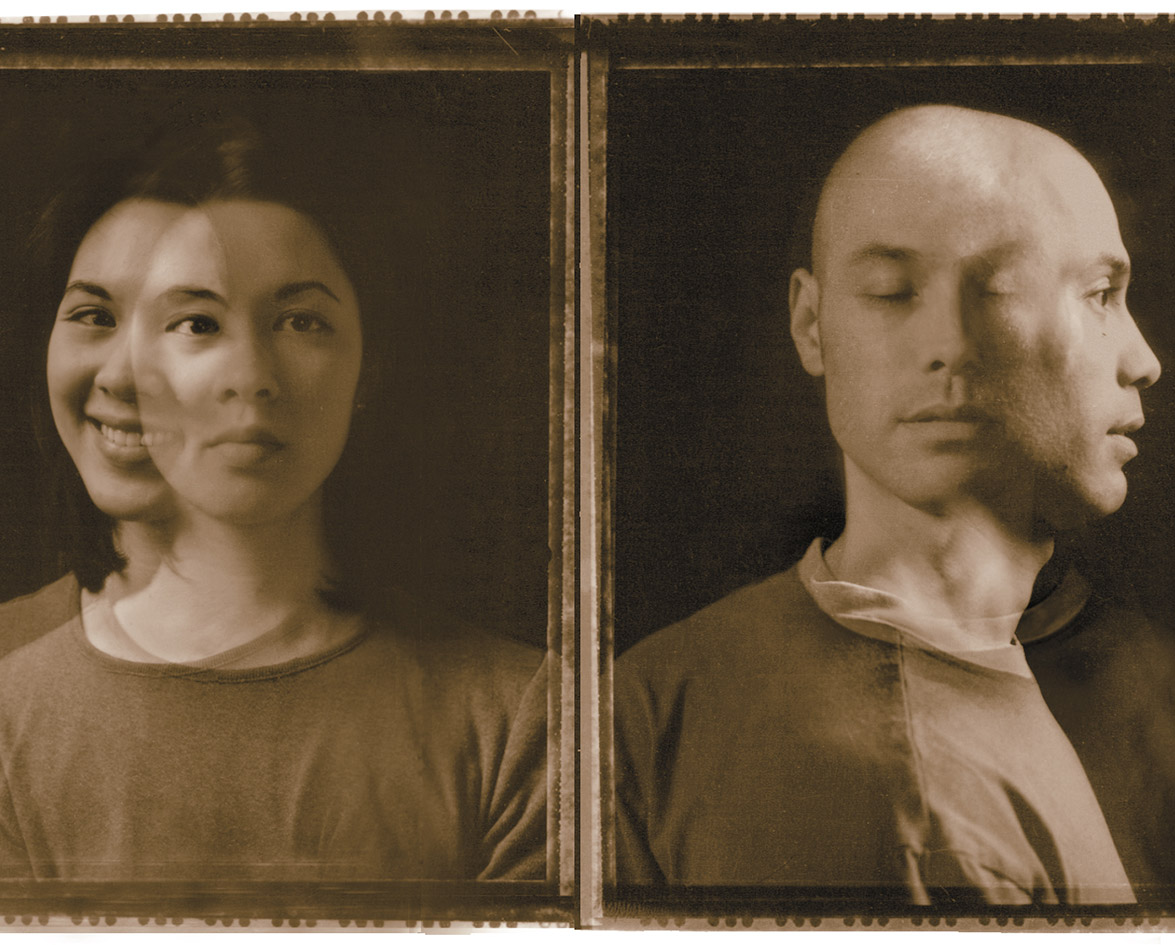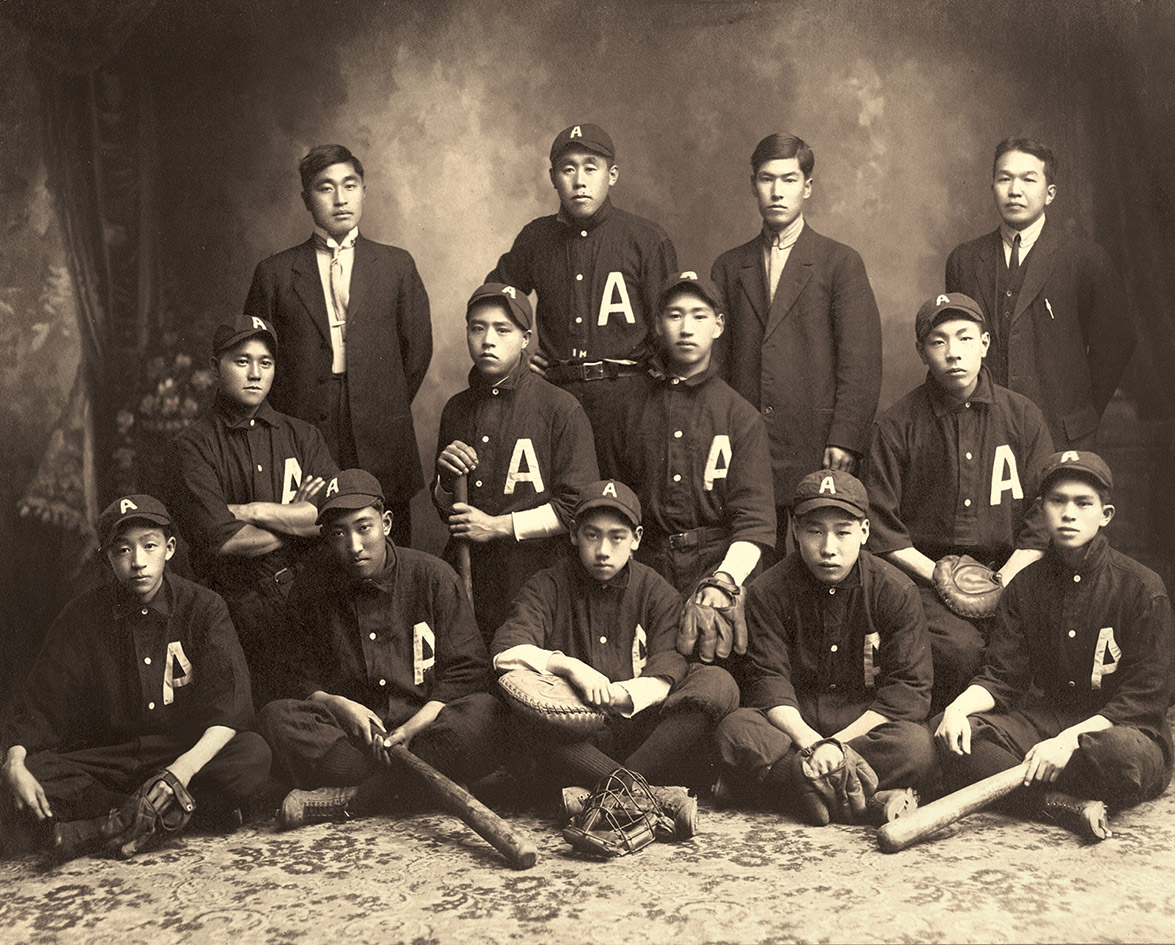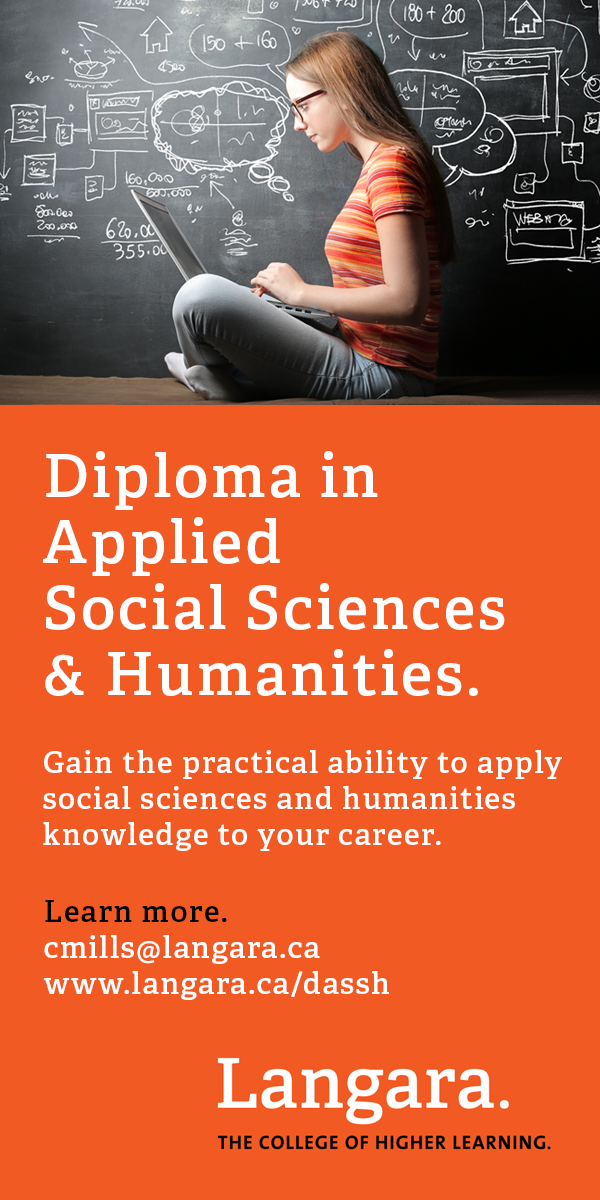Peter Sun looks every bit the part of a male model. His straight, medium-length brown hair falls casually to the side of his face, slightly shielding his almond-shaped, hazel eyes. Standing tall at 6’2”, the lean and handsome Sun has been modelling for the past five years with John Casablancas International in Vancouver, British Columbia. Both in person and in print, there is a certain ambiguity to Sun’s appearance. Looking neither completely Caucasian nor Asian, Sun sits somewhere in between.
At only 23, this half-Chinese, half-British model is in the midst of a successful career. Appearing in publications such as Glamour and Nuvo magazine as well as modelling for retail chains such as Urban Outfitters, Sun’s success does not appear to be diminishing anytime soon. The demand for individuals of mixed-ethnicity like Peter Sun in both print and television advertising appears to be increasing. What is the driving force behind this rise in the Eurasian face in advertising?
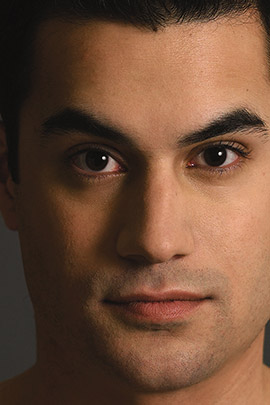
Mixed Races In Demand
Tea Buechner, a talent agent at Vancouver Talent Management, says many commercial producers now ask specifically for individuals whose nationality is difficult to determine. “A lot of the people on my roster who are Eurasian do very well in auditions,” she explains. As a scout for potential talent, it is Buechner’s responsibility to understand where the advertising industry is headed to ensure her client’s needs are met. “People are intermarrying, and I think that there’s going to be a lot more [mixed race individuals] in the next generation.” Buechner asserts. “There’s going to be a lot of kids with multi-families, multi-dads and multi-moms, multi-racial – and that’s the market that’s going to drive what gets made.”
In 2001, Statistics Canada reported that 14,465 individuals in British Columbia listed themselves under “multiple visible minority status,” while another 4,195 individuals chose the category, “visible minority not included elsewhere.” Today, the number of individuals of mixed ethnicity continues to grow as more and more people are becoming involved in interracial relationships.
Since it’s difficult to display more than one face in our advertising I try to choose someone who is not race-specific.
Niven Pong, a Vancouver-raised model and actor, is a product of this type of relationship. “You grow up with the best of both worlds, but you are never really a part of either one,” says Pong, an individual of mixed Chinese and Ukrainian background. “I get asked, ‘What are you?’ a lot. People like to classify other people so they know how to react to you,” he explains. With an imposing build and brilliant green eyes set off by his olive skin and jet black hair, it is difficult to pinpoint his ethnic background, something many people try to do. For example, while modelling and acting in Singapore, Pong was cast as Caucasian. “I was the whitest guy on set,” he says of a photo shoot he did for design house Ermenegildo Zegna, which depicted an assortment of Asian faces. Upon returning to Vancouver, Pong was asked to play a Chinese man in film roles. “Personally,” he says, “I don’t even think I look Asian at all.”
The idea of targeting as many markets as possible with a single image has been embraced by those in the advertising industry. In a current advertisement for Shangri-la, a luxury hotel and condominium development in Coal Harbour, Rennie Marketing Systems portrays an Asian woman in traditional Chinese dress, serving a man with racially ambiguous features. Appealing to two groups at the same time, the Eurasian face has the effect of not being too much of one or the other, allowing for more individuals to identify with the image they see.
Likewise, Laura Stapleton, owner of Blue Magnolia Productions in Vancouver, believes that “advertising with mixed-ethnicity models is simply reflecting reality.” Stapleton insists that, “since it’s difficult to display more than one face in our advertising, I try to choose someone who is not race-specific.”
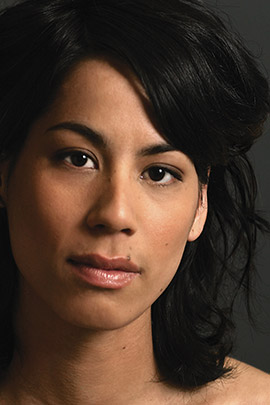
Changing Trends
Nicole Whittle, an instructor in the Fashion Arts diploma program at Vancouver’s John Casablancas Institute, agrees that “if the market is demanding it, advertising is going to change.” Blue-eyed and flaxen-haired, Whittle spent much of the 1990s modeling in Asian countries, especially Japan. At that time, she explains, there was a huge demand for models with her look. A 1993 study on Japanese advertising concluded that, of 318 one and two-page colour magazine ads (from February and March issues of nine different magazines), 186 used Caucasian models. Between 1988 and 2000, Whittle noticed a distinct shift in the taste of advertisers. In the mid-90s, she says, “It was like you were passé.” The market had moved on to a different look. This look was the combination of Caucasian and Asian characteristics available in the Eurasian face.
There is always the possibility that the current increase of mixed race individuals in advertising is also a fad that will pass. Marlaina Mah, a 23-year-old model of Chinese, French-Canadian and British heritage takes a pragmatic approach. “As for being in demand, it’s hard to say. The ‘look’ comes and goes,” she says. Mah has modelled for the past eight years for such companies as Flosport and magazines such as Britain’s J17. However, she believes that the market in North America has been slow to include Eurasian models in its advertising.
Jen Chau, co-director of New Demographic, a diversity training company in New York City, offers workshops on issues surrounding mixed race identity and interracial relationships. Chau asserts that, “While it is a positive thing to increase visibility and see more mixed race people represented, all it amounts to is exotification at the end of the day… Mixed race people continue to be appreciated and valued for their physical attributes and do not get to have a voice.” Referring to individuals as “exotic” can seem harmless, and perhaps even flattering, but this may relegate these individuals to the category of curious objects. The objectified person may have desirable features, but does not get to have a voice. By focusing on beauty, as is often the case in advertising, the individuals behind the Eurasian faces may be overlooked.
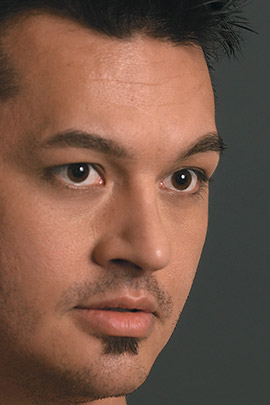
In addition, they are being made exotic to both sides, allowing for emphasis to be placed on their differences from people who are specifically Caucasian or Asian. Unfortunately, this could put mixed race individuals into yet another category, reinforcing traditional attitudes that did not allow them a comfortable place in either community.
While the risk of labelling individuals of mixed-ethnicity as “exotic” is a very real issue, using models such as Peter Sun may also reflect the reality of culturally diverse city like Vancouver. It may also be “a great opportunity to strengthen ourselves as a society,” Stapleton contends. “It’s forcing the viewer to look at that person, maybe wonder what their background is, and then realize that it doesn’t matter anyway.”





